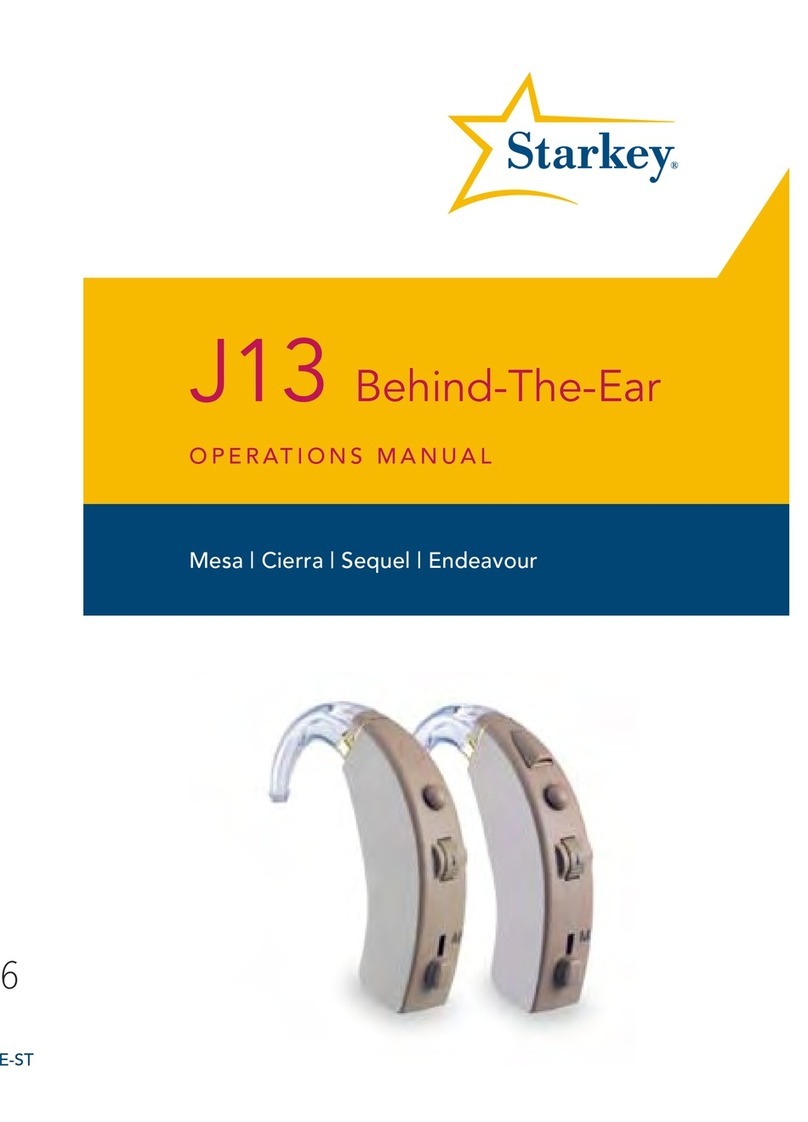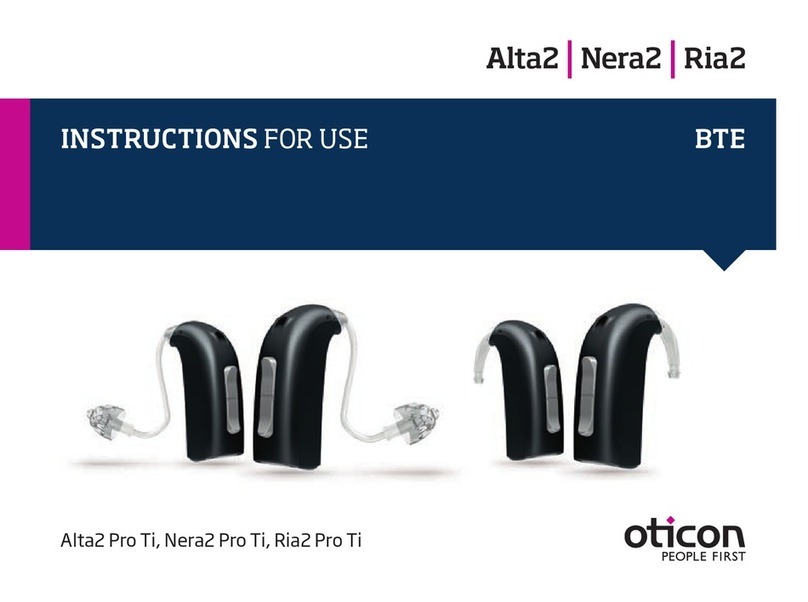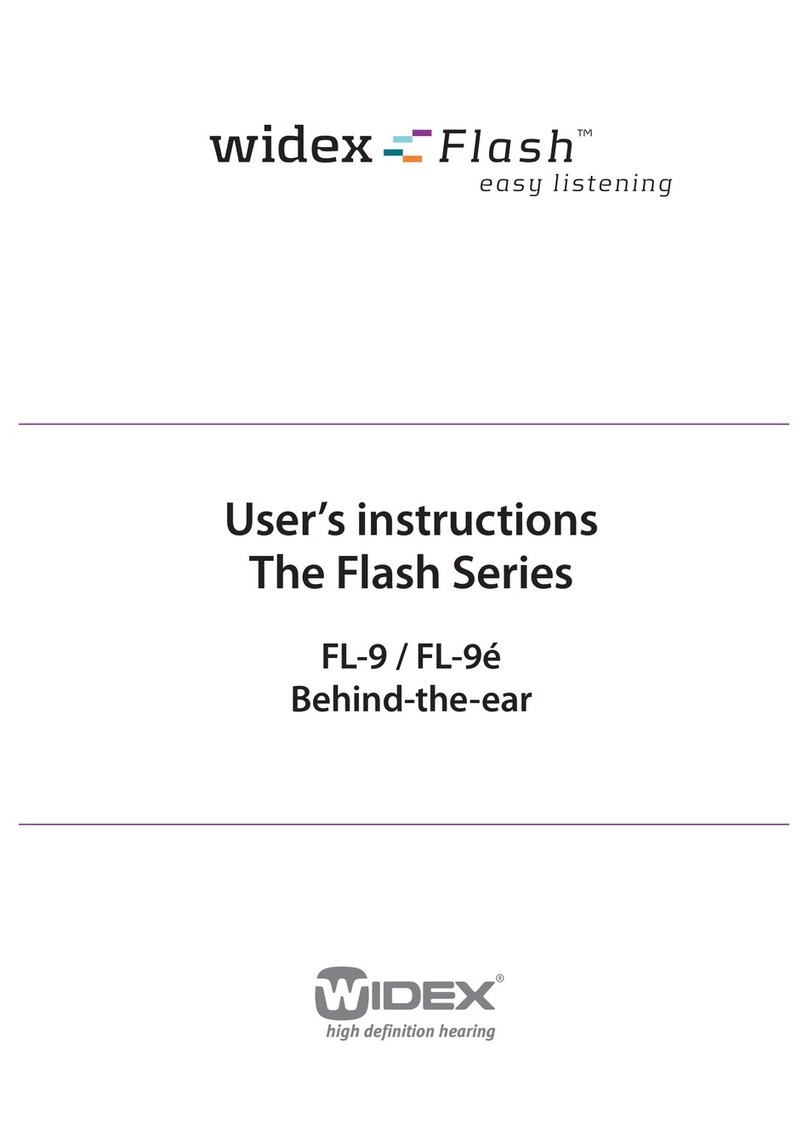Starkey RIC 312 User manual
Other Starkey Hearing Aid manuals

Starkey
Starkey Genesis AI User manual

Starkey
Starkey ITE User manual
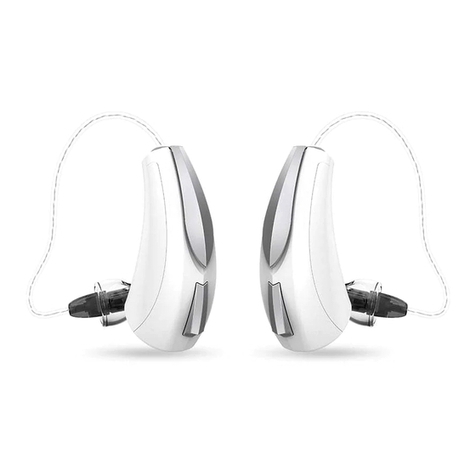
Starkey
Starkey Evolv AI User manual
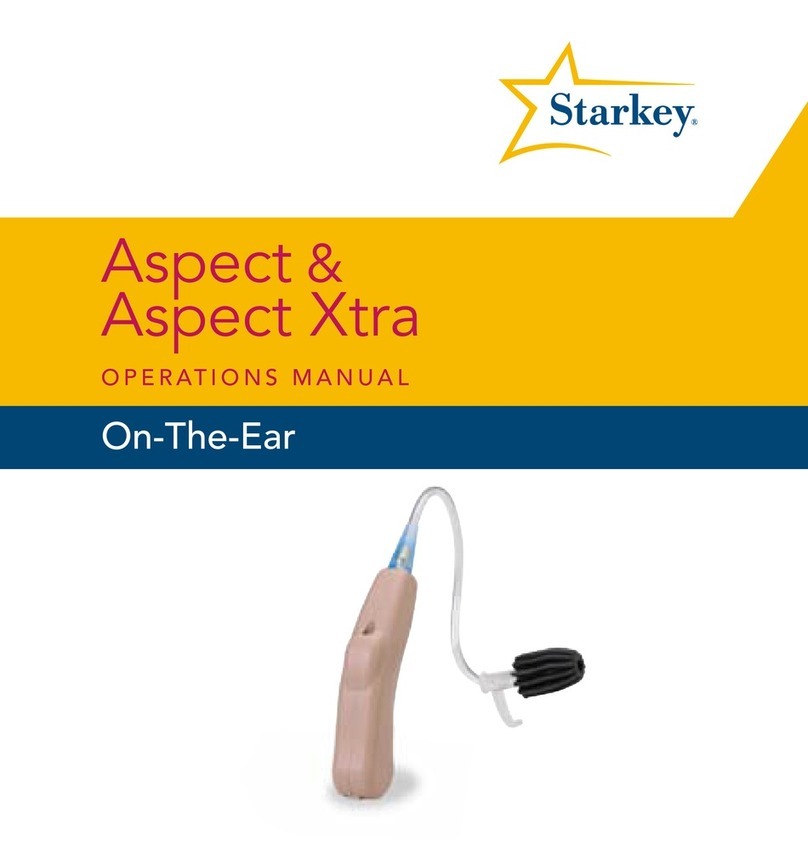
Starkey
Starkey Aspect User manual

Starkey
Starkey Muse iQ User manual

Starkey
Starkey QuickTIPS User manual

Starkey
Starkey Destiny 1600 User manual

Starkey
Starkey Livio RIC 312 User manual

Starkey
Starkey DaVinci PsP User manual
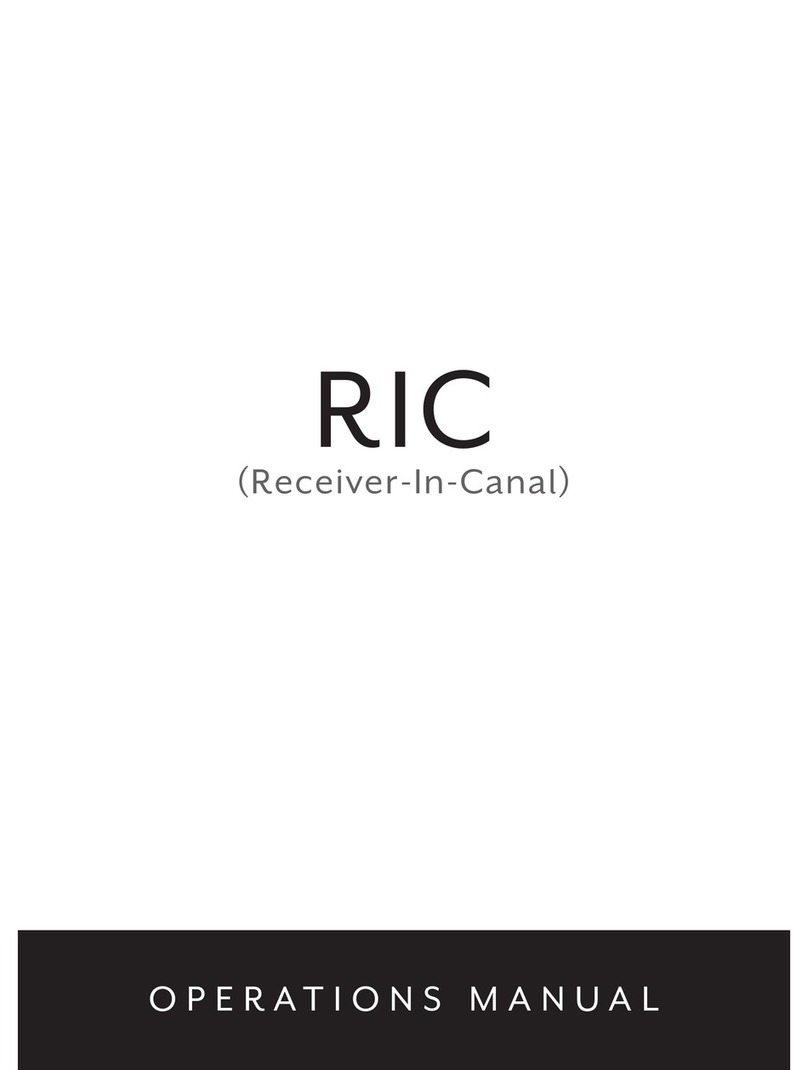
Starkey
Starkey RIC 10 User manual
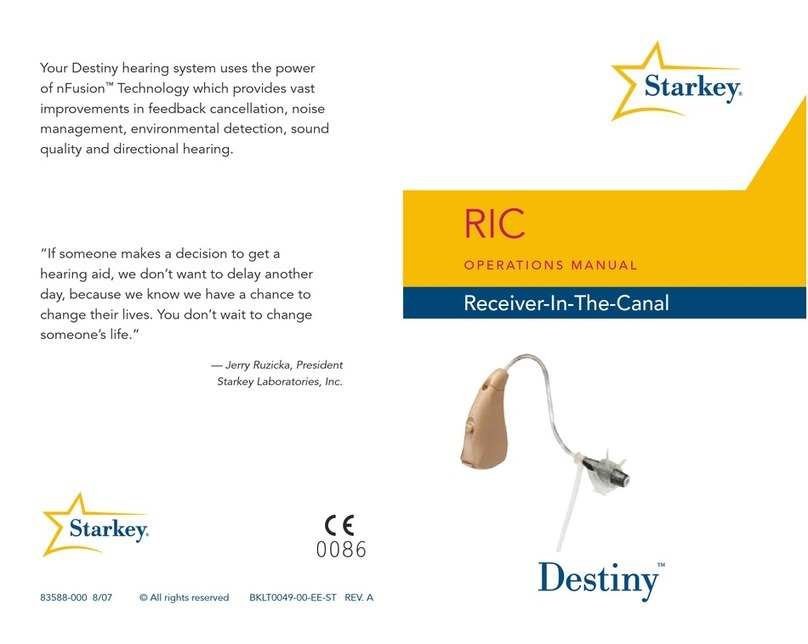
Starkey
Starkey RIC User manual
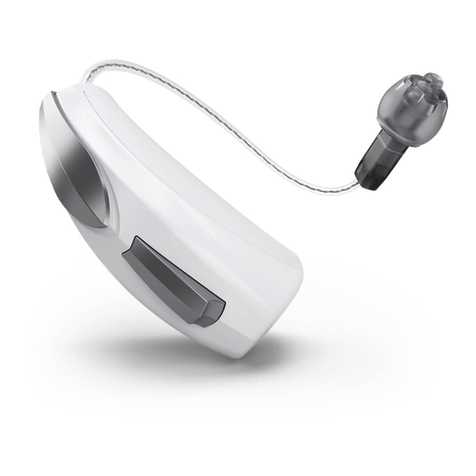
Starkey
Starkey Livio User manual
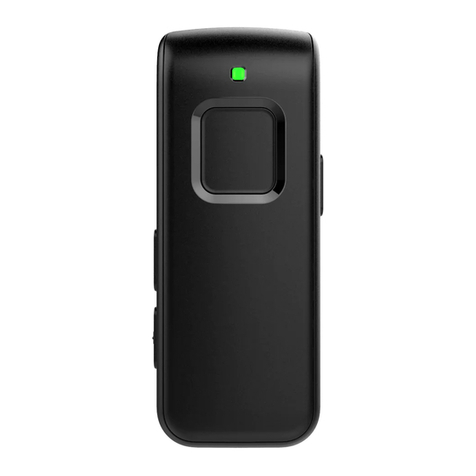
Starkey
Starkey Remote Microphone Plus Operator's manual

Starkey
Starkey Livio RIC R User manual
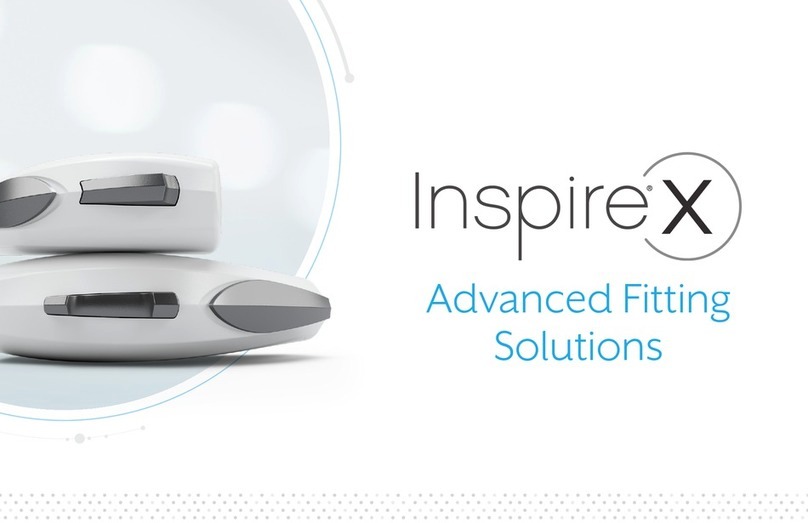
Starkey
Starkey Inspire X User manual

Starkey
Starkey BTE R User manual

Starkey
Starkey RIC 13 User manual

Starkey
Starkey RIC 312 User manual
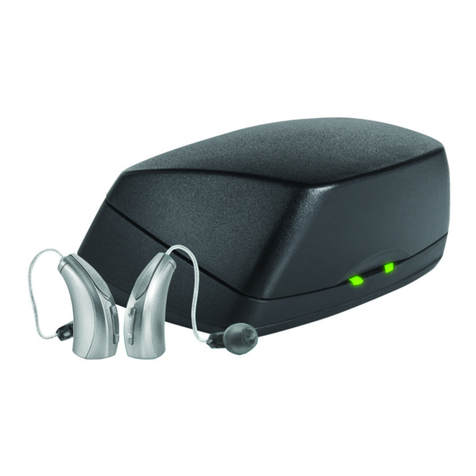
Starkey
Starkey Muse iQR User manual

Starkey
Starkey CIC User manual
Popular Hearing Aid manuals by other brands

Williams Sound
Williams Sound SoundPlus WIR 237 Manual and user guide

Panasonic
Panasonic WH-216KZ Quick tips
Oticon Medical
Oticon Medical Ponto SoundConnector Instructions for use
Siemens
Siemens Life micon user guide
Audicus
Audicus The Icon instruction manual

Advanced Bionics
Advanced Bionics Slim HP Standard Instructions for use
